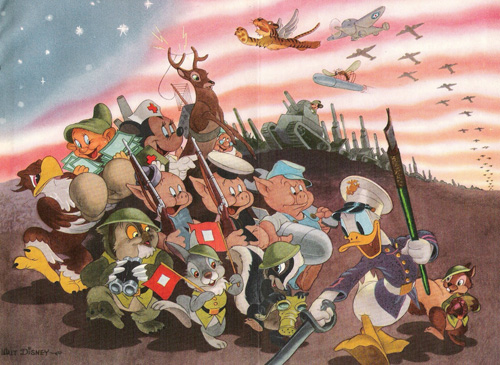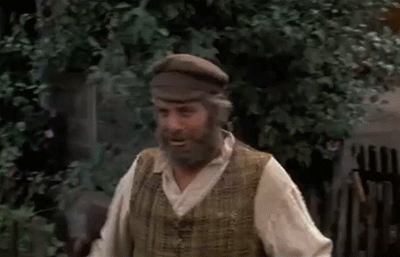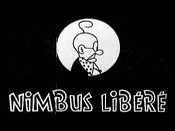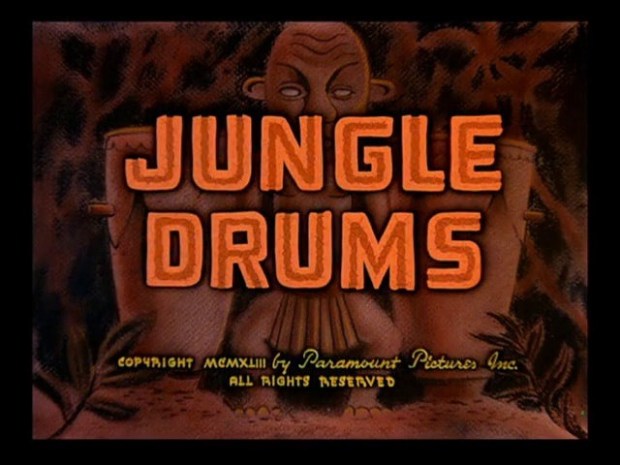Hi guys!
We’re two days into our fundraiser to get Mauricio the fruck out of Veneuzuela and we’re already one third funded! So, to say thanks, I’m publishing the first of the War Era Short reviews which I was originally going to put up in September. I’ll publish another when we get to €500 and a third when we’re fully funded. And if you haven’t contributed already, please consider doing so. And if money’s tight, please help spread the word by sharing the GoFundMe page. Actually, do that anyway.
Both Mauricio and I could not be more grateful,
Thanks,
Mouse.
***
Studio: Walt Disney Productions
Country of Origin: United States
First Screened: January 1st, 1943
Ugh. Ugh! A review of World War 2 shorts that includes Der Fuehrer’s Face. How obvious. How predictable. How vulgar. How basic.
But there’s really no way you can’t talk about this, one of the most controversial of all American animated shorts made during the war years (and hoo boy is that up against some stiff competition!). So let’s state three things straight up front.
1) Yes, this is the cartoon where Donald Duck yells “Heil Hitler!” 33 times (also known as “a full Bannon”.)
2) Notwithstanding that, it’s a really, really good short.
3) Actually, in context, it’s probably less offensive than pretty much any other short we’ll be reviewing as part of this series.
When I announced this series, I posted this image of a saber wielding Donald leading a battalion of cartoon critters into battle against the forces of the Third Reich.

There were no survivors.
Some of you very astutely spotted something rather weird with this picture: How prominent Donald is, how de-emphasised Mickey is (he is driving a tank waaaaaaaaay in the background in case you missed him) and how “not there” Goofy is.
It suddenly struck me that I’d never seen a Disney short from the war years that featured either Mickey or Goofy, while I’d seen plenty that featured Donald as well as Huey, Dewey and Louie. So why were the ducks so heavily featured? I resolved to find the answer and embarked on an epic quest across the internet. I consulted Wikipedia. I consulted Quora. God help me and forgive me my sins, I consulted Reddit. And after all that research, do you want to know what I found?

Frustrating and unsatisfying as it might be, from what I can gather the answer to the question “Why did Disney use Donald Duck so heavily in their propaganda and not Mickey and Goofy” the answer appears to be “’Cos they…just…did.” I can offer a few theories, though. At this point in history Donald Duck was cresting in popularity whereas Mickey was already yesterday’s news so his reduced role could simply be a reflection of the fact that he just wasn’t drawing the crowds any more. Goofy was still very much a star, though, which makes his absence quite baffling. The only clue as to why this might be is that Pinto Colvig, Goofy’s voice actor, and Walt had fallen out by this point. Goofy had thus been transitioned into the “How to…” series of cartoons where Goofy doesn’t speak and instead follows the instructions of a suave narrator. These cartoons were very popular so Disney may have simply decided to use the ducks for their propaganda shorts rather than tampering with a formula that was working by sending Goofy into the army.
(more…)






